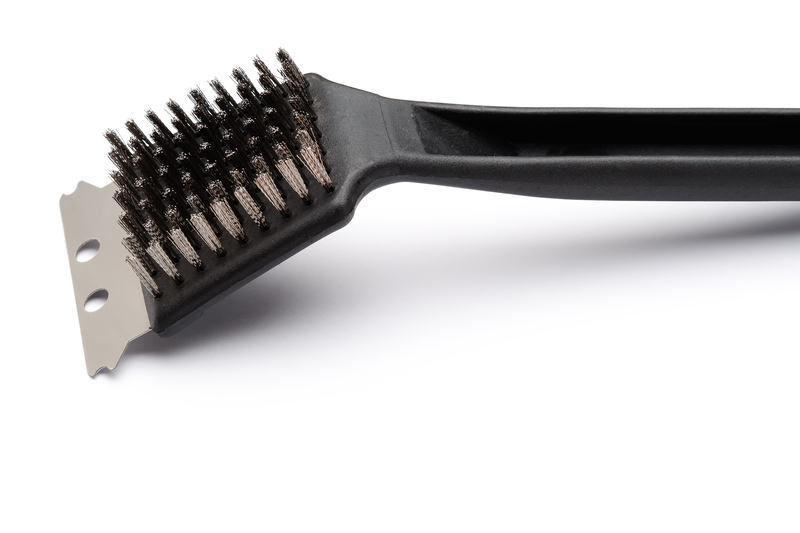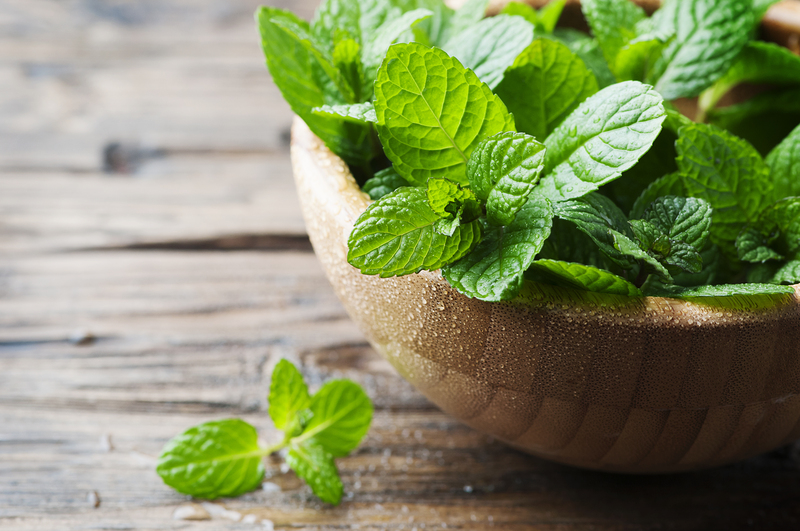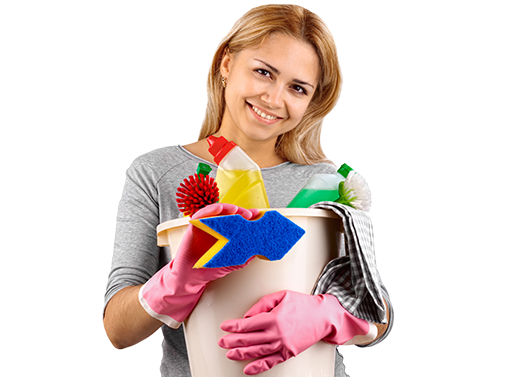Curtain Cleaning Techniques Every Homeowner Should Know
Posted on 17/09/2025
Curtain Cleaning Techniques Every Homeowner Should Know
Curtains are an essential part of every home, contributing to both aesthetics and privacy. However, they often go overlooked during regular cleaning routines, accumulating dust, allergens, and even unpleasant odors over time. If you want your living spaces to look fresh and maintain a healthy environment, understanding the best curtain cleaning techniques is critical. In this comprehensive guide, we will explore various methods on how to clean curtains so they remain as vibrant and functional as ever.

Why Curtain Cleaning is Essential
Curtains do not only complement the decor; they also serve as filters, trapping dust, pollen, pet hair, and other airborne particles. Dirty curtains can trigger allergies, harbor mold, and contribute to an unhealthy indoor atmosphere. Regular curtain cleaning procedures help:
- Enhance indoor air quality
- Extend the lifespan of your curtains
- Maintain the vibrant appearance of fabric
- Reduce allergens and improve health
- Remove unwanted smells
Understanding Your Curtain Fabric
Before choosing a curtain cleaning method, it's crucial to identify the fabric type. Not all curtain fabrics are created equal; what works for one may damage another. Common types include:
- Cotton and Linen: Durable but may shrink if not handled properly.
- Velvet and Suede: Delicate, often requiring special care or dry cleaning.
- Synthetic Materials: Like polyester or nylon, generally machine-washable.
- Sheer and Lace: Very delicate and usually best treated with hand washing.
Always check the manufacturer's label for specific instructions. If in doubt, seek advice from a professional curtain cleaning service.
Top Curtain Cleaning Techniques Every Homeowner Should Try
1. Regular Vacuuming
One of the simplest and most effective curtain maintenance tips is regular vacuuming. This technique removes surface dust and reduces allergen buildup.
- Use a vacuum cleaner fitted with a soft brush attachment.
- Hold the fabric taut and gently vacuum from top to bottom.
- Pay extra attention to pleats and folds where dust tends to accumulate.
- Tip: Vacuum both sides of the curtain for a thorough clean.
2. Spot Cleaning Stains
Spills and stains are inevitable, but prompt treatment can prevent permanent discoloration. Spot cleaning is a priceless skill among different curtain cleaning methods.
- Blot the stain with a clean, dry cloth to absorb as much liquid as possible.
- Mix mild detergent with water and gently dab the affected area with a soft sponge.
- Test cleaning solutions on a small inconspicuous area first.
- Avoid rubbing harshly to prevent fabric damage or color fading.
3. Machine Washing Curtains
Many homeowners wonder, Can you wash curtains in the washing machine? The answer depends on the fabric. Most cotton, linen, and synthetic curtains are machine washable.
- Remove hooks, rings, or hardware before washing.
- Choose a gentle cycle with cold water to prevent shrinkage.
- Use a mild detergent, and avoid bleach unless stated safe on the label.
- Wash curtains separately from other laundry to avoid tangling or stretching.
- For sheer or delicates, place them inside a mesh laundry bag.
Pro tip: Hang curtains back on the rod while still damp to prevent deep-set wrinkles.
4. Hand Washing Delicate Curtains
Sheer, lace, and embellished curtains are often too delicate for machine washing. Instead, opt for hand washing, a proven curtain cleaning technique for delicate fabrics.
- Fill a bathtub or basin with lukewarm water and mild detergent.
- Gently swirl the curtains, avoiding excessive wringing or scrubbing.
- Rinse thoroughly to remove all soap residues.
- Squeeze out excess water by pressing between towels.
- Rehang to air dry, avoiding direct sunlight, which can cause fading.
5. Steam Cleaning Curtains
Steam cleaning is an excellent option for heavier fabrics or curtains you wish to clean without removing from the rod.
- Use a handheld steam cleaner or a steam mop with an upholstery attachment.
- Move the steamer vertically, holding it about 10cm away from the fabric.
- Allow the curtain to air dry completely before closing them.
- Steam cleaning also helps in killing bacteria and dust mites.
Note: Always read the care instructions, as some fabrics may not be suitable for steam cleaning.
6. Dry Cleaning Curtains
Certain types of drapes, especially those with intricate designs, lined with interlining, or containing sensitive dyes, require professional dry curtain cleaning. Here's how it works:
- Take your curtains to a reputable dry cleaner experienced with home textiles.
- Inform them about any stains or fabric sensitivities.
- Dry cleaners use special solvents that preserve fabric integrity and colors.
Dry cleaning is also recommended for velvet, suede, silk, or wool curtains.
Specialized Curtain Cleaning Tips
How Often Should Curtains Be Cleaned?
Cleaning frequency depends on several factors:
- Homes with pets, smokers, or allergy sufferers should clean curtains every 3 to 6 months.
- Otherwise, deep cleaning twice a year is usually sufficient.
- Regular dusting or vacuuming every few weeks helps maintain freshness between washes.
Odor Removal Techniques
Curtains can trap odors from cooking, smoke, or dampness. Here are a few effective ways to deodorize curtains:
- Mix equal parts white vinegar and water; lightly spritz onto curtains and allow to air dry.
- Use fabric fresheners or odor-neutralizing sprays specifically designed for textiles.
- Hang curtains outdoors on a breezy day to naturally freshen them up.
Preventing Mold and Mildew
In humid climates, curtains can develop fungal growth if not maintained. Steps to prevent this include:
- Ensure living areas are well-ventilated.
- Clean condensation off windows and walls promptly.
- Do not hang damp curtains; always air dry thoroughly.
- Add moisture absorbers or dehumidifiers to rooms with high humidity.
Ironing and Maintaining Curtain Shape
After washing, some curtains may appear crumpled or misshapen. Here's how to keep curtains looking crisp:
- Iron on a low setting if the fabric allows, using a pressing cloth for protection.
- Steam wrinkles out while hanging, using a vertical garment steamer.
- To avoid shrinkage, never tumble dry on high heat.
Cleaning Blinds, Swags, and Valances
Don't forget to clean curtain accessories:
- Most valances and swags can be cleaned using the same method as your main curtains.
- For delicate or heavily decorated accessories, dust regularly and spot clean as needed.
- Consult care labels for specific cleaning instructions.
Common Curtain Cleaning Mistakes to Avoid
Even well-intentioned homeowners can unknowingly damage their drapes. Steer clear of these common curtain cleaning mistakes:
- Ignoring the label instructions and using incorrect products or methods.
- Overwashing fabrics, which can wear out colors and weave.
- Rubbing stains aggressively, leading to thinning or tears.
- Neglecting to rinse thoroughly, causing detergent residues and stiffness.
- Hanging wet curtains in unventilated spaces, promoting mildew growth.
When to Call Professional Curtain Cleaners
While DIY methods suffice for everyday upkeep, there are times when calling in the experts is best:
- When dealing with antique, lined, or extremely valuable curtains
- If the curtains are heavily soiled or stained with substances like oil, ink, or wine
- When curtains are too large or unwieldy for standard washing machines
- If the fabric content is unclear or care labels are missing
- Situations involving mold, stubborn odors, or allergy management
A professional curtain cleaning service uses advanced tools and knowledge to ensure your window treatments are safely renewed, saving you time and avoiding costly replacement.

Maintaining Curtains Between Deep Cleans
The secret to prolonging the freshness of your curtains lies in a few simple habits:
- Open your windows regularly to prevent the buildup of condensation and odors.
- Dust nearby surfaces, including windowsills and radiators, to minimize dirt transfer.
- Use a lint roller to remove pet hair or lint from curtain surfaces in between washes.
- Twice a year, take down and give all drapes a gentle shake outdoors.
Conclusion: Enjoy Fresh and Beautiful Curtains Year-Round
Regular curtain cleaning is more than a matter of household pride; it's an investment in your family's health and home's beauty. With the right curtain cleaning techniques, you can easily revive tired fabrics, banish stubborn dust, and keep your windows looking their best. Whether you choose to vacuum, hand wash, steam, or use a professional service, consistent maintenance is key. Follow these best practices and give your curtains the care they deserve--they will reward you by brightening your rooms and filtering the air for years to come.
Ready to experience the difference? Start incorporating these curtain cleaning techniques today and enjoy a cleaner, healthier, and more inviting home environment.



